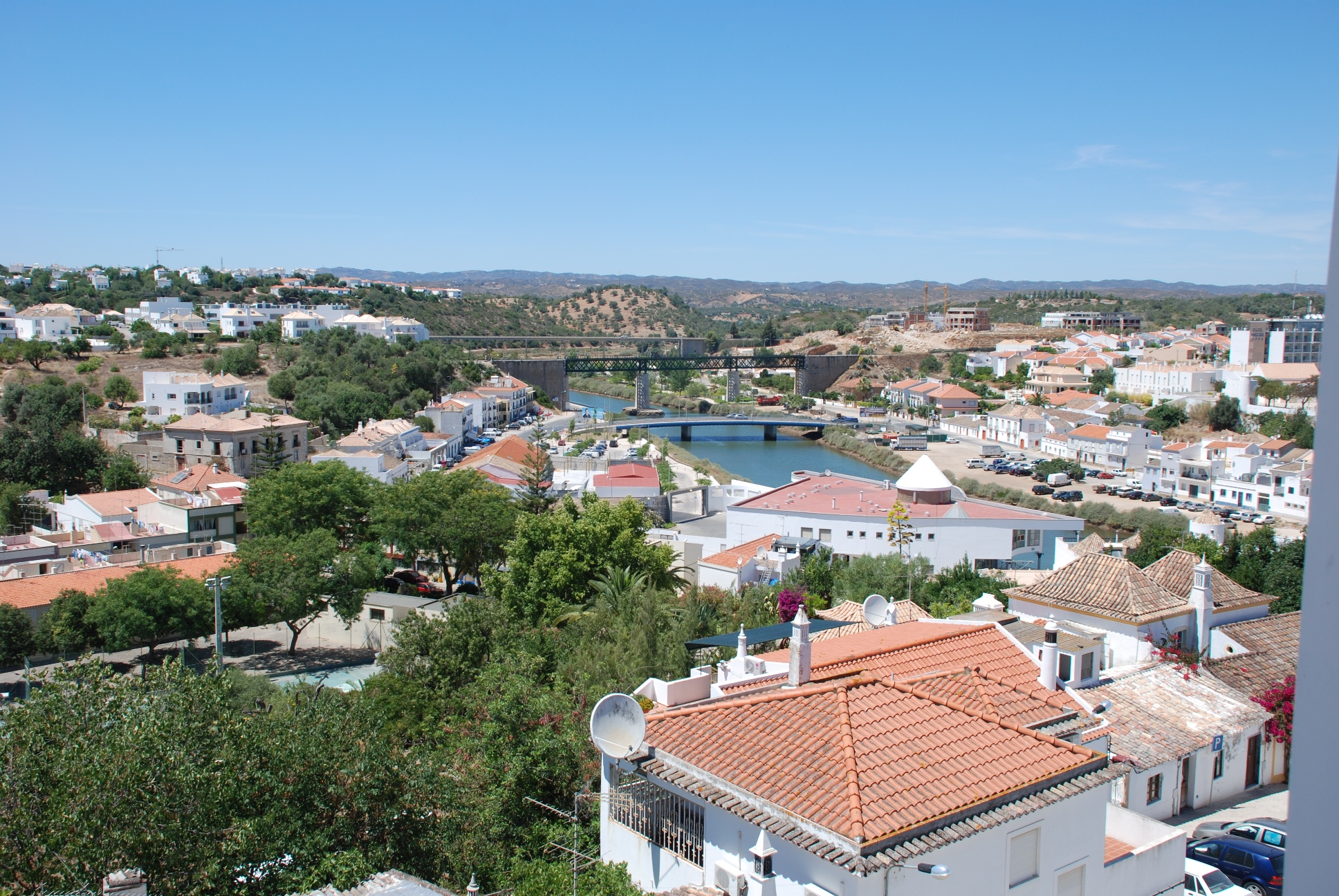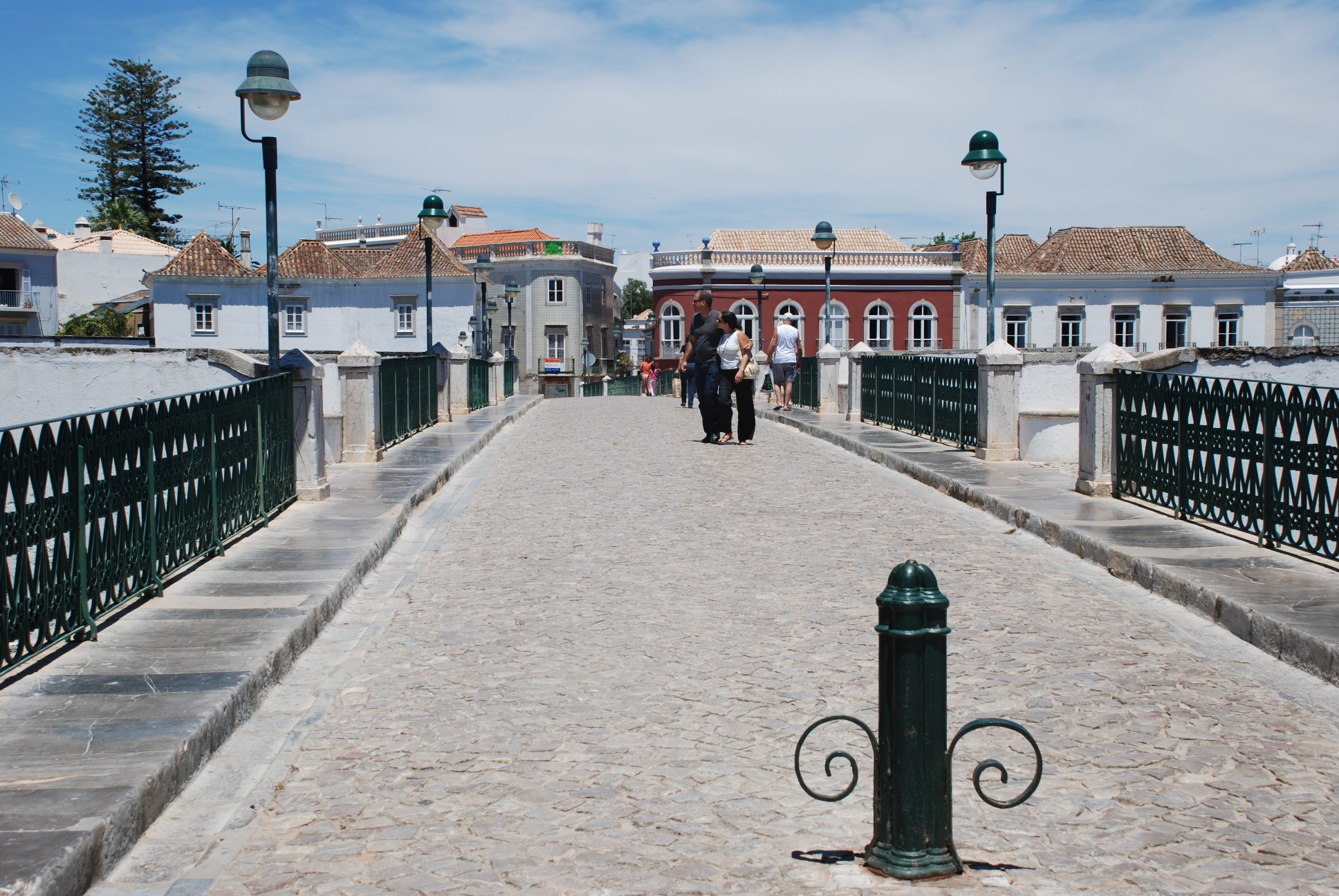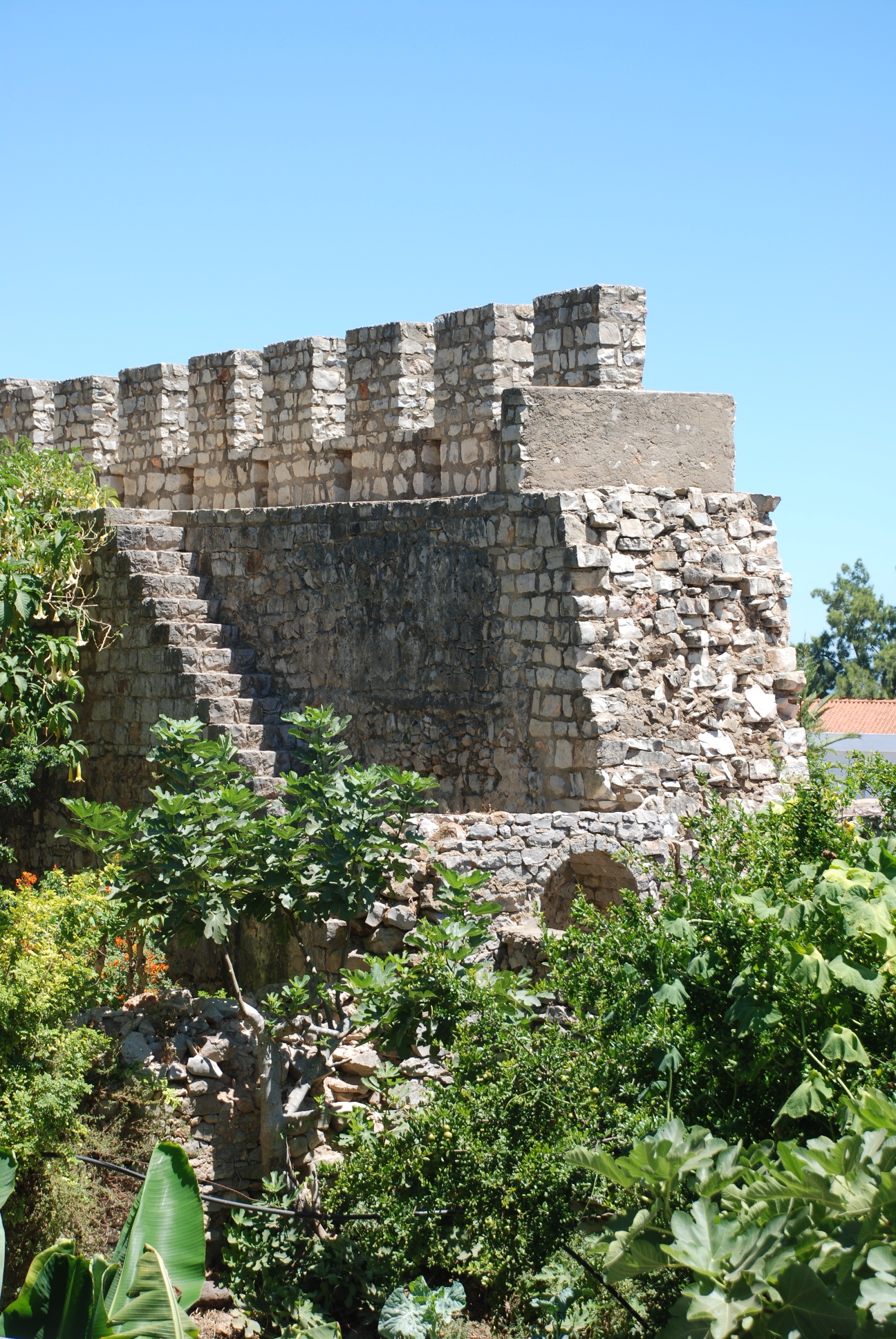Tavira
It is a town in the district of Faro, in the Sotavento area ie Eastern Algarve. It is home to 6 parishes Cachopo; Conceicao and Cabanas de Tavira; Luz de Tavira and St. Stephen; Santa Catarina da Fonte do Bispo; Santa Luzia; Tavira. This municipality is bordered to the north by Alcoutim, east of Castro Marim and the west by Vila Real de Santo Antonio, southwest of Olhão, west of São Brás de Alportel, northwest of Loulé and the south by the Atlantic coast.
The eastern Algarve, Tavira is midway between the Cape of Santa Maria and the mouth of the Guadiana River, less than two kilometers from the Atlantic Ocean and is located on the banks of the Gilão river estuary, protecting it Rio Formosa, from Faro to Cacela.
This location allowed its great development and apogee but then fell asleep and weakened. Essentially city estuary, its history is linked to the development of its port and consequent activities.
A little history of Tavira
Between the end of the eighth century BC and the VI century BC, the Phoenicians colonized Tavira erecting a wall on the hill, now known as Santa Maria, and in which there are still traces of the presence of this population. Later this Phoenician influence gave the region Turdetania, which ranged from the Strait of Gibraltar to Cabo de São Vicente. This period remains were found in the present Republic Square, who witness the fishing activities and the canning of turdetanos, including a jetty for berthing a amphorae warehouse with prepared fish and oldest network of tuna, known to the present day.
To the west of Tavira, between Santa Luzia and the Luz de Tavira, the Romans left a testimony of their presence, the old ferry, dating back to about 30 BC, a town mentioned in the ancient sources which now features a rich archaeological spoils dispersed several museums in Portugal.
A large area was occupied from the year 712, by Muslims who called it Al Garb al Andaluz, the current zone to the west of Andaluz. At this point, Tavira found himself deserted or lost their economic value and commercial, and the Muslim occupation, in which they give the metropolis a new life, even as the capital of a Taifa Kingdom and for some time was the capital district. In this period, the walls were rebuilt, and currently are still preserved, however, the most famous Islamic testimony is the Cup of Tavira ceramic with popular character with human and animal figures, a vestige of life in Al Andalus in the eleventh century.
In 1242, Tavira is conquered from the Moors by the Order of Santiago, the master position Paio Peres Correia and was on the hill of Santa Maria, the Christian conquerors had their both civilian presence as a military and religious, being here built the first churches and others were reused from the old Arab mosques. The urban expression of Tavira is accentuated with the creation of the first Franciscan convent in the fourteenth and fifteenth century, to the benefit of the wall of protection, flowers maritime trade with foreign world. Between the fifteenth and sixteenth centuries, with the Portuguese expansion, Tavira becomes more prosperous urban center of the Algarve, because much of its strategic importance to support, defend and maintain the squares conquered North Africa. In 1520, it is a city under Manuel I that raises great military buildings, civil and religious, in which stands the Renaissance works of the architect André Pilarte.
In the second half of the sixteenth century, it is undisguised the beginning of the economic and strategic decline of Tavira, which have been aggravated by the abandonment of possessions in the north of the Spanish rule Africa and the gradual silting up of the river Gilão. Between 1645 and 1647, it is felt the consequences of a pest with the War of Restoration, make Tavira between a further decline, however, continue to be erected new buildings, especially convents of São Paulo and hoods.
During the stability of D. Pedro II and D. João V, Tavira is seen to curb its stagnation, the slowing of corsairs and pirates and the moderate recovery of the economy allowed its growth and sustained much of the city as the its population. Among the late seventeenth and mid-eighteenth century century, Tavira registers a development of the activity of the third orders, confraternities or brotherhoods, which favored the growth of churches and chapels at this time is added to the architectural value in the baroque period, with the works Diogo Tavares de Ataíde.
With a large earthquake, some older buildings collapsed, including the church of Santa Maria, later rebuilt. At this point, Tavira will count with the presence of the Governor and Captain General of the Algarve, which gives policy support equipment that defended, thus raising the Palace of the Governor at Santa Ana High, a military hospital in 1761 and the Headquarters of the Watchtower in 1795, to house the charter of the city. In order to revive the economy in 1776, the Marquis of Pombal sends build a tapestry factory, whose production was precarious and ephemeral.
With the French invasion, liberal struggles and the worsening of a cholera epidemic, provides greater instability Tavira, even being considered missing in the nineteenth century. However, liberalism introduces a new social consciousness, which led to the Ribeira Market building in 1885 and the Public Garden in 1889, but parts of the old and ancient convents wall, as the San Francisco disappear.
In the early twentieth century, Tavira is gifted with the railway line in 1905, which will affect all urban space, increasing new public facilities, including the installation of electric lighting and neighboring areas are installed plants canned fish. Between 1926 and 1974, the New State, are built new roads and public buildings, including schools in the New Port and the station, the courthouse, the Agricultural Office and the old building of the Barns of the National Wheat Growers Federation, among others.






